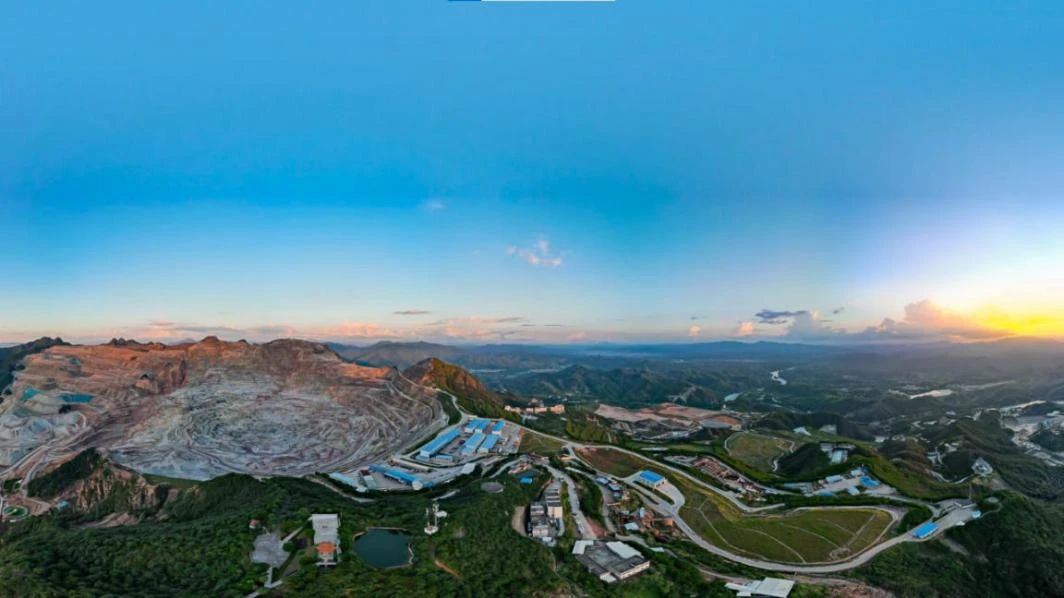
May 28, 2022
The global energy transition is accelerating and demand for steel alloys will continue to grow, with long-term prospects for chromium, nickel and molybdenum leveling off and manganese rising sharply, according to Wood Mackenzie, a consultancy.
Global stainless steel melt production is expected to be 62 million tons in 2022 and grow to 90 million tons by 2050, the data show. China now accounts for 60% of global production and has six of the world's top ten manufacturers.
In addition, Indonesia and India will also be the main drivers of future growth. In contrast, stainless steel production in Europe, the Americas and Africa will be roughly flat over the next 30 years.
Dale Hazelton, head of steel alloys and nickel markets at Wood Mackenzie, said: "We expect demand for stainless steel to grow by 4 per cent to 55m tonnes this year. "Household appliances have made an important contribution to near-term demand, while demand in the automotive sector is recovering, although it is still affected by supply chain issues."

Stainless steel accounts for about 80% of the world's chromium consumption, 65%-70% of nickel consumption, and 20%-25% of molybdenum consumption. All stainless steels contain chromium, and the use of nickel depends on the grade of stainless steel.
While more than 50 per cent of the raw material for stainless steel in European, US and Japanese industry is scrap, China has historically had relatively little access to scrap but will be able to use more in the future, flattening long-term demand for chromium, nickel and molybdenum.
In terms of the outlook for bulk alloy metals, only the long-term demand pattern for manganese will see a significant shift. Manganese is usually used in typical carbon steel, and with the trend of global green transformation, the demand from carbon steel will be significantly reduced. But manganese is also one of the raw materials used in electric car batteries.
Manganese is used in some of the new cathode chemicals, which will support its growing demand in batteries. Compared with other common cathode metals, manganese is geographically more widely distributed, produced on a larger scale, in larger quantities and with better security of supply. In addition, manganese is an order of magnitude cheaper to produce than cobalt and nickel, which also face ESG problems. As a result, the use of manganese in batteries is expected to increase fivefold by 2040.